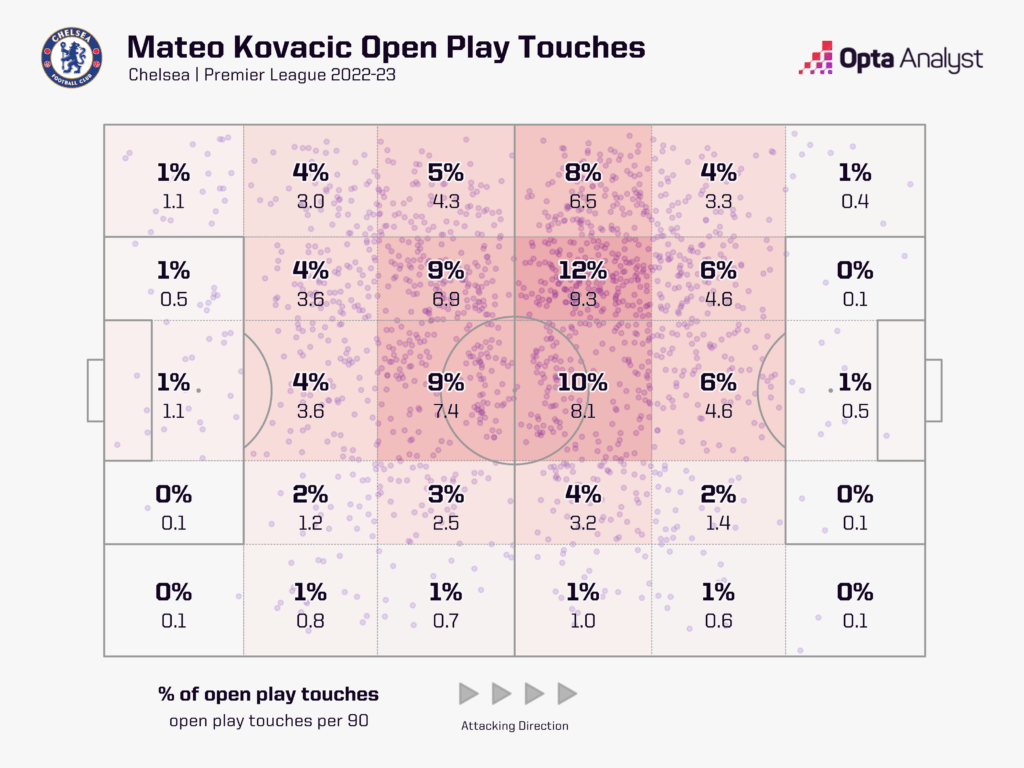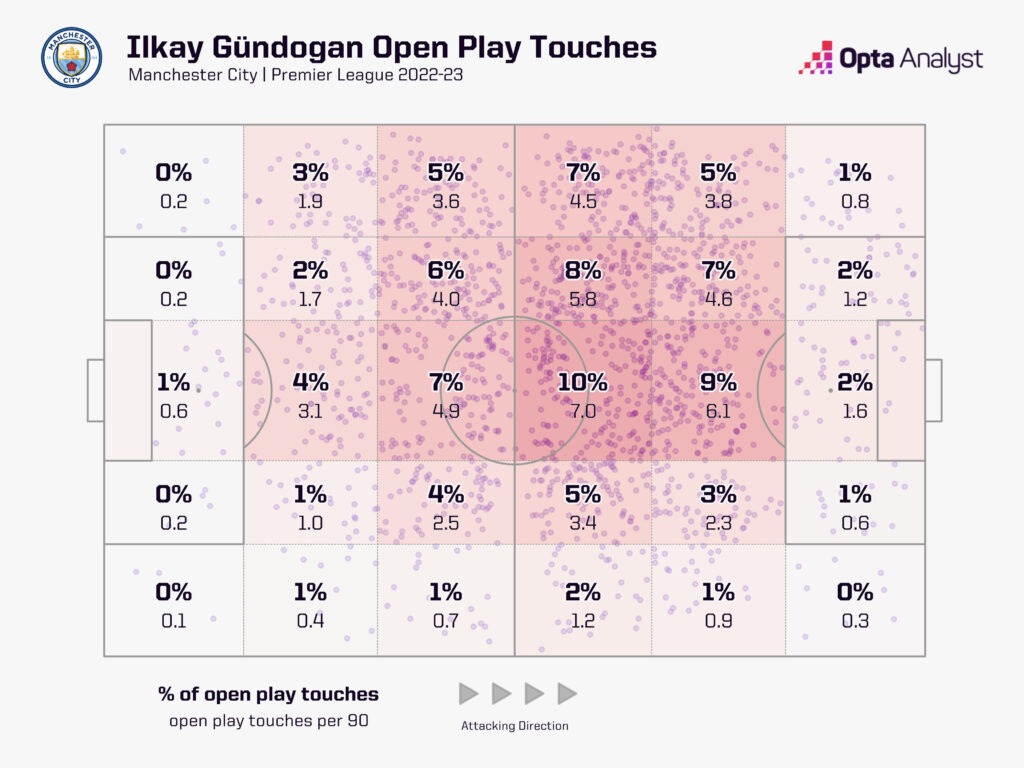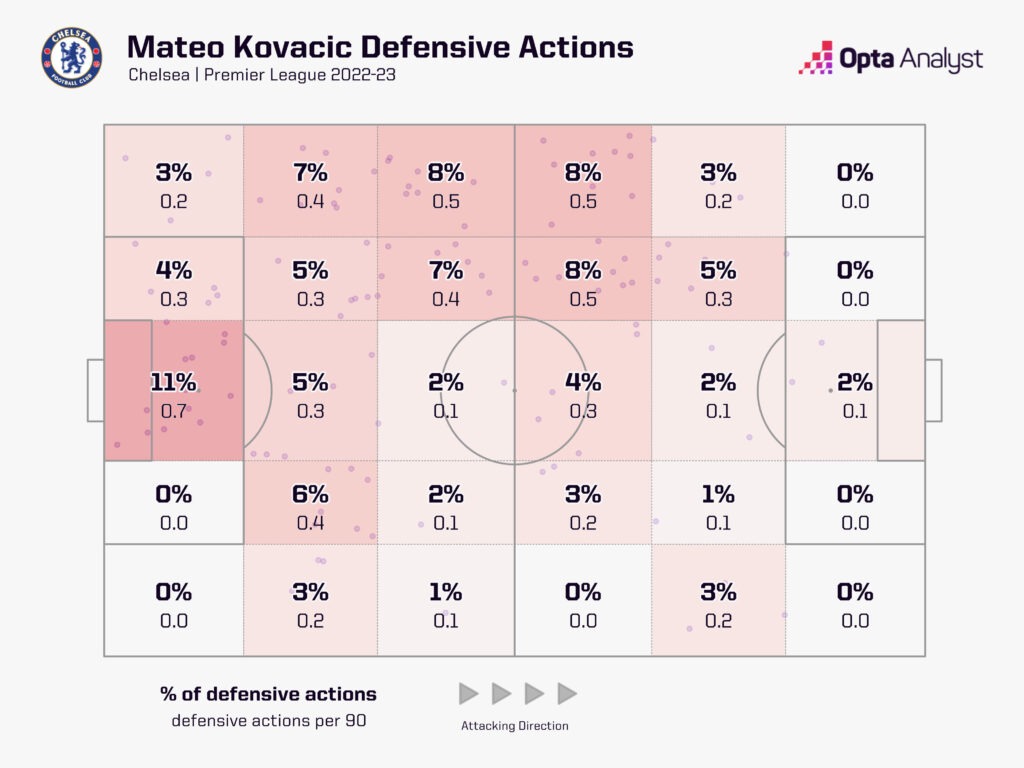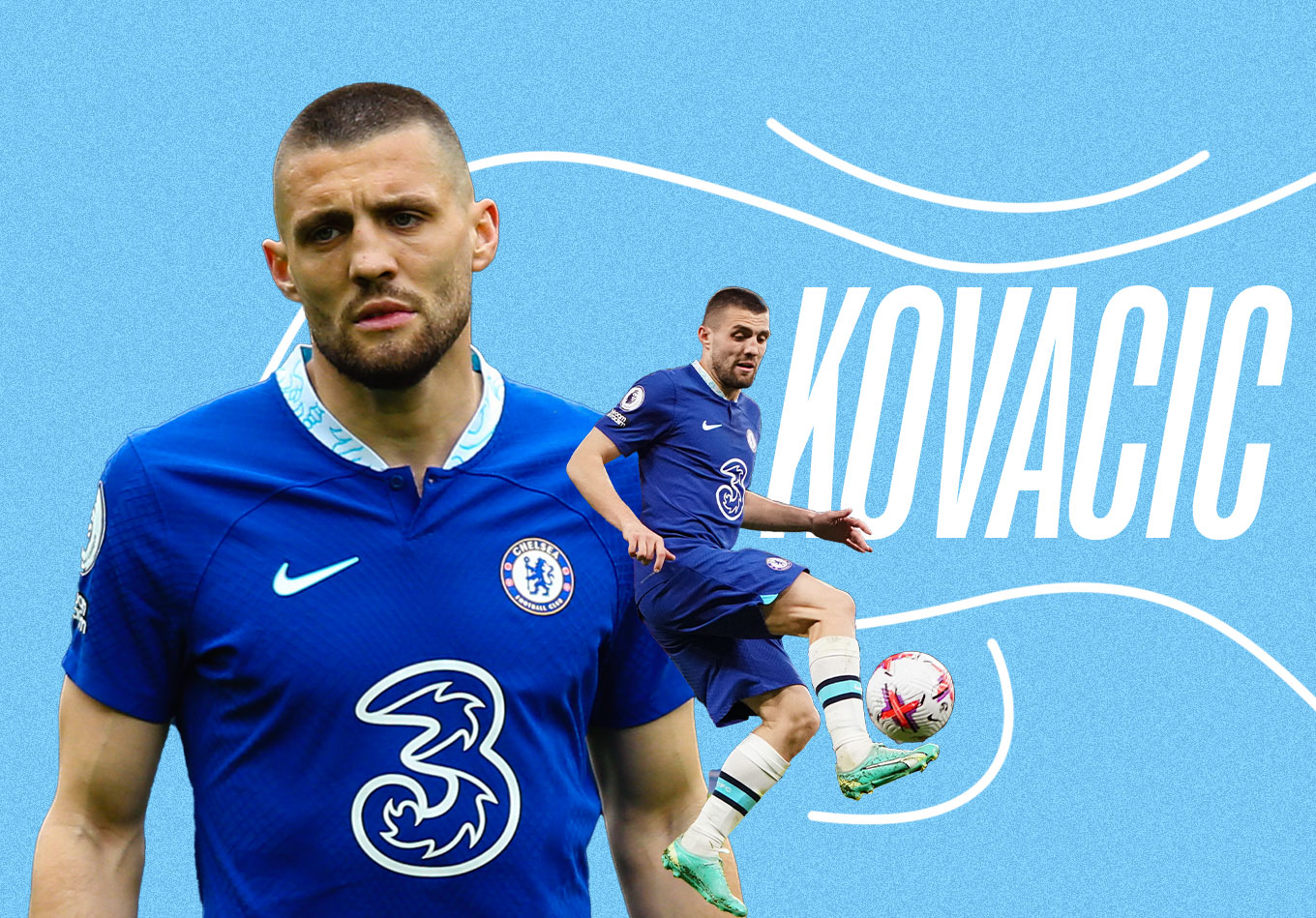Much like people wondered when Pep Guardiola reached the pinnacle of European football in 2009 with Barcelona, where do Manchester City go from here?
The circumstances are different of course, but there lies a rather peculiar parallel between the two moments in time – a player who specifically helped underpin Pep’s collective functionality is on the way out after winning a treble. What was Samuel Eto’o is now Ilkay Gündoğan.
Despite the revolution in midfield taking place at the time at Camp Nou, Eto’o was pivotal to that Barcelona side and provided distinct flexibility. His replacement in Zlatan Ibrahimović provided a very different tactical dynamic that required adjustment for the collective.
In the present day, Gündoğan’s importance for a City side that just won its first UEFA Champions League cannot be understated. Specifically following the addition of Erling Haaland, City needed a presence between the lines to facilitate Kevin De Bruyne’s final ball, while still getting attacking output from a midfielder in and around the penalty area. It was also crucial not to compromise City’s ability to defend high up the pitch.
Gündoğan’s flexibility in this respect will be difficult to replace. Mateo Kovačić’s arrival from Chelsea presents questions of fit and future direction for City and Guardiola, whose fundamental aims from a tactical perspective have been control and constant evolution.
Primarily, what does Kovačić provide in terms of skillset and how does this consequently dictate what his role is likely to be at City? That question can be asked within the context of John Stones shifting forward to help form the double pivot in Guardiola’s 3-2-5, or as part of something different.
Aside from his engine, Kovačić excels at two things: ball retention and counter-pressing. The 29-year-old has a frighteningly explosive first step for a central midfielder and can dribble his way out of a proverbial straitjacket. Though his carries per 90 into the final third (2.1) were down in 2022-23 from his first season at Chelsea (3.7) under Maurizio Sarri in 2018-19, Kovačić was still seventh among all midfielders for progressive carries (2.0) in the Premier League last season.
Yet there’s a trade-off that comes with the Croatian midfielder and over time, the definitive aspect of his game has not become his ability on the ball, but his aversion to risk off it. The closer to the penalty area the team gets, the more cautious in positioning Kovačić becomes, be it in build up or the end of phases of possession.
Among central and defensive midfielders in Europe’s top five leagues who saw a minimum of 500 minutes last season, Kovačić was in the 94th percentile for passes received per 90 (54.1), but in the 24th for progressive passes received (0.7).
The 29-year-old drops further for percentage of those touches coming in the penalty area (0.16 out of 54.1, for 0.3%), in the 17th percentile.

Among the 123 players within this sample who averaged more than 40 passes received per 90, Kovačić was 100th overall for percentage of progressive passes received (1.3%). The player who led this sample size for both percentage of progressive passes received (12.3%) and percentage of penalty area entries (3.7%) was notably Kovačić’s Croatia teammate, Rennes’ Lovro Majer.
In comparison to Kovačić, Gündoğan has a more attuned nose for a goal and proclivity for receiving the ball between the lines. His percentage of passes received in the penalty area per 90 last season was 3.3%, while receiving 4.9 progressive passes per 90, ranking in the 99th and 97th percentiles respectively among central and defensive midfielders in Europe’s top five leagues (min. 500 minutes).

If Kovačić is to thrive and help provide a viable solution in Gündoğan’s absence, the need to create penetrative passing avenues in positions ahead of the ball is critical. Especially for a City side that not only averaged the most possession of any team in Europe’s top five leagues last season, but is systematically built to both deny transition opportunities and exploit spaces behind the defensive line for De Bruyne and Haaland.
Despite carrying added responsibility for ball circulation at Chelsea, Kovačić would retreat from advanced positions between the opposition’s midfield and defensive line, creating a domino effect for teammates in front of him. Much-documented issues for the likes of Romelu Lukaku, Kai Havertz and Timo Werner at Chelsea – and their isolation as the pitch compressed – were at the very least contributed to by dysfunction deeper down the pitch.
Staying behind the ball while the team is in possession does have its benefits, though, and along with very good anticipation and ground coverage, Kovačić can help the team win the ball up the pitch and sustain pressure in the opposition half.
Among that same sample of 123 midfielders, only four players in the Premier League won possession in the attacking third more per 90 last season – N’Golo Kanté, Harvey Elliott, Alexis Mac Allister and De Bruyne.

City’s possession in the Premier League can at times resemble water torture, and the ability to recover and keep the ball in the opposition half is unquestionably important. Despite the potential snags Kovačić can present in translating possession into possession of substance, as obvious as it sounds, teams still need possession of the ball in order to do something with it.
Role is important to consider here, though. With the added possibility of Declan Rice joining City, the scope of Kovačić seeing minutes as a deep-lying midfielder could become limited further. Rice would presumably complement Rodri or Kalvin Phillips in deep positions, so while Kovačić would likely see minutes in a familiar position, it could be in an unfamiliar role.
The most pertinent question for Kovačić at Manchester City will not simply be regarding the change of scenery. Rather, will Pep Guardiola’s historic capacity to empower players and drag them out of their comfort zones on the pitch transfer onto Kovačić instead?
Who were the most similar players to Mateo Kovačić across 2022-23? You can find this out, plus analyse thousands of other players in the new Opta Player Comparison tool.
Enjoy this? Subscribe to our mailing list to receive exclusive weekly content. And follow us on Twitter too.
